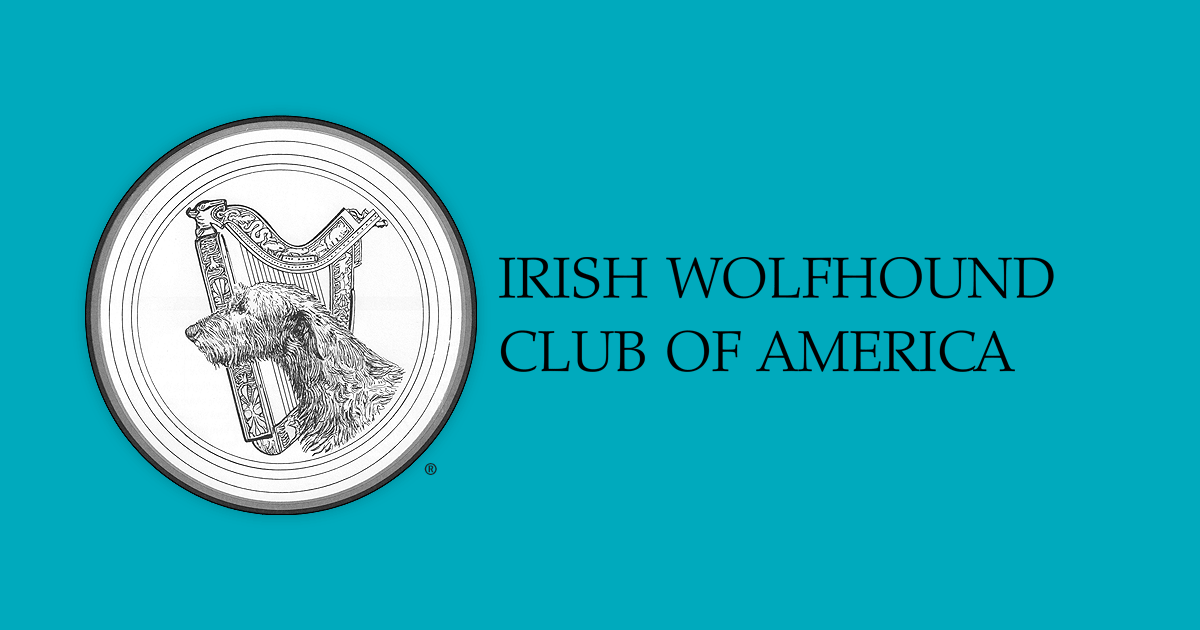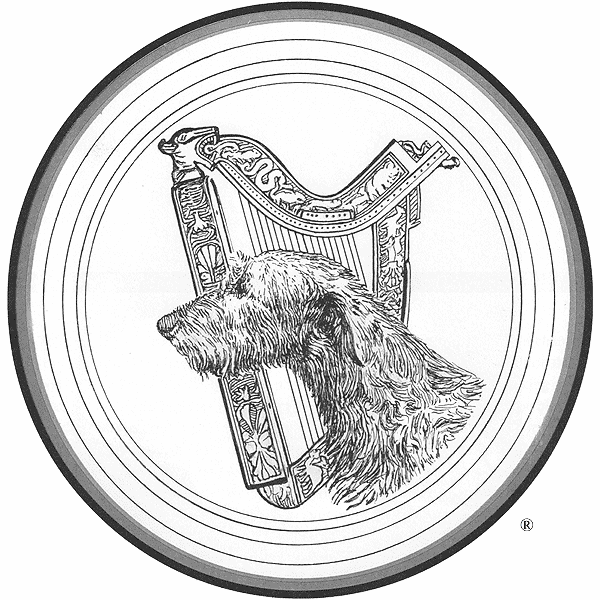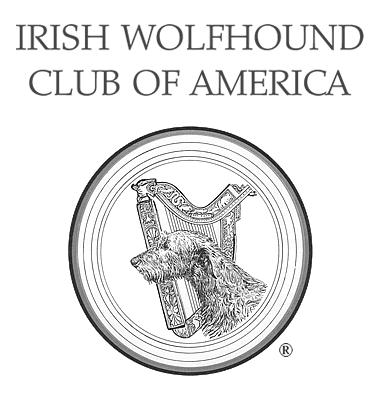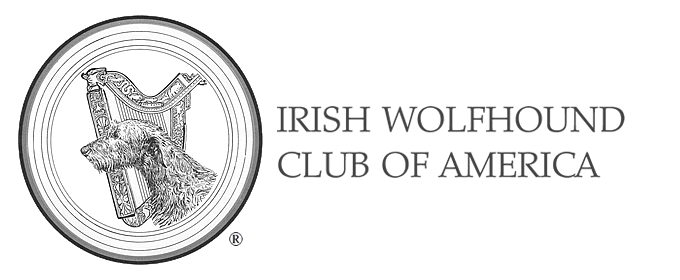Therapy Dogs
Anyone who owns a Wolfhound knows that walking from Point A to Point B with a hound can take much longer than anticipated because of the reaction of people encountered along the way! Despite their commanding appearance, most people are drawn in, want to touch them and have many questions about the breed. It is undeniable that the Irish Wolfhound creates wonder. Newcomers petting the majestic hound experience their sweet, kind and generous temperament. For most, wonder turns to a deep respect and affection for the breed. This combination of physical presence and sensitivity is a fabulous foundation for a therapy dog.
At their 2013 specialty show, the Irish Wolfhound Association of the Delaware Valley highlighted therapy work being done by Irish Wolfhounds and included narratives written by owners and handlers in their show catalog. There was a constant thread of joy through all the contributions. Every owner expressed a sense of purpose and fulfillment as a result of their therapy visits. They all knew that their wonderful hounds were making a difference in peoples' lives, and they felt privileged to share the experience with their IW partners. To say that Irish Wolfhounds have a unique ability to connect with people would be an understatement.
The Irish Wolfhound can stand alongside a bed or a wheelchair and be at the perfect height for petting by a patient; their size makes them very effective in creating visual stimulation for a patient emerging from coma; post surgical teenagers who were previously resistant will eagerly walk a hospital hallway with a large hound; patients who work with and walk with Irish Wolfhounds truly gain a sense of confidence; a child patient who gives verbal or hand signals for sits, stands, stays, or drops to an IW develops a sense of self-esteem when their huge hound partner executes those movements at their request. The child's sense of achievement is in proportion to the majestic hound's size; and Irish Wolfhounds have also elicited comments like, "Now, THAT'S a therapy dog! That's MY therapy dog!" from adult male patients who might not necessarily connect with a smaller dog.
There are different types of therapy work; the most well-known is Animal Assisted Activities. Owners and their dogs visit hospitals, nursing homes, schools, rehabilitation facilities and have clients pet and talk about their dog. AAA decreases loneliness, encourages socialization, and verbalization, as well as simply making people smile! Animal Assisted Activities service more people per month than all the other therapies combined. Your hound needs to have good basic manners and training and to be tolerant of moderate levels of noise and contact.
Animal Assisted Therapy is therapy work in which you and your dog are assigned to work directly with a therapist and a patient. Therapy goals can be physical, cognitive, verbal and even social. Each dog brings a unique set of skills to their sessions that can achieve the desired goals: basketball, bowling, retrieving, Simon Says, building blocks, even card games like Uno. The entire process is documented and evaluated.
Animal Assisted Educational Support is a broad category of therapy which includes education programs where a teacher is guiding the educational component. Library and school reading programs fall under this category. Many Irish Wolfhounds are perfect "listeners" as children read aloud to them.
Animal Assisted Crisis Response is a therapy in which teams are used to help people normalize the experience of a crisis, to ground them when events around them seem out of control or to act as a bridge to communication. Crisis Response teams were used to help people after 9/11 and Hurricane Katrina. Diversity of breeds in crisis response is valuable. Many first responders, fire fighters and police, connect with large animals such as the Irish Wolfhound better than a smaller breed.
In starting therapy work with your hound, it is important to observe what situations your IW enjoys the most. Does your hound respond best to children, to adults? Does he/she prefer to "do" or does he/she savor just "being" with patients? Every hound has different preferences, and being aware of those will enhance the opportunity for a long therapy career. Their likes and dislikes can change over time, so awareness of their reaction to varied environments is a constant responsibility.
In doing therapy work, hounds and their handlers get to practice their skills, spend time together, and help people in their own community. Therapy work with your canine companion is a partnership like no other. One person, with one dog, can make a difference in another human being's life. Could anything be more fulfilling?
Here is a sampling of therapy organizations:
- Bright & Beautiful Therapy Dogs
- Pet Partners
- Therapy Dogs Inc.
- Therapy Dogs International
- Therapy Tails Ontario (Canada)
This page was last updated 02/10/2025.



